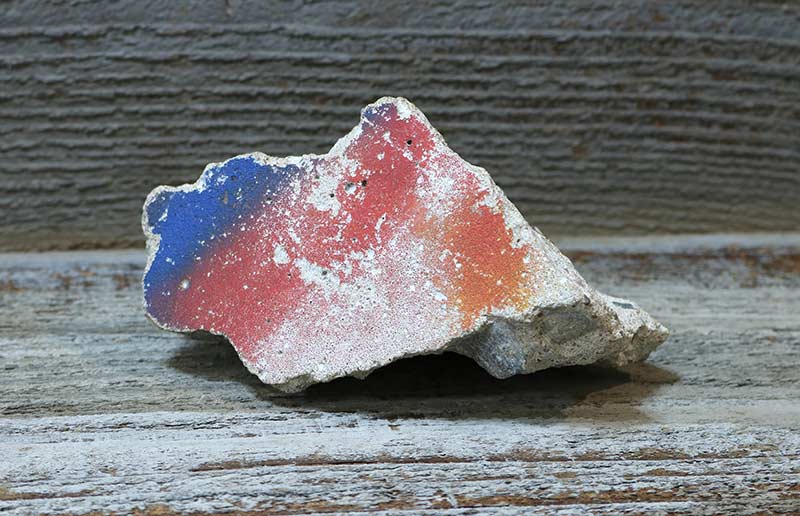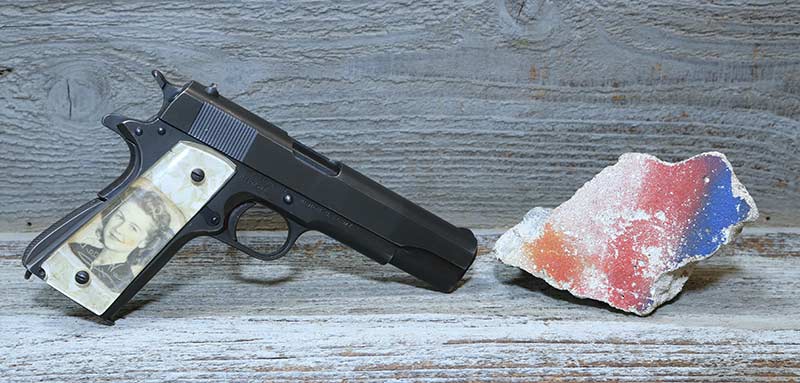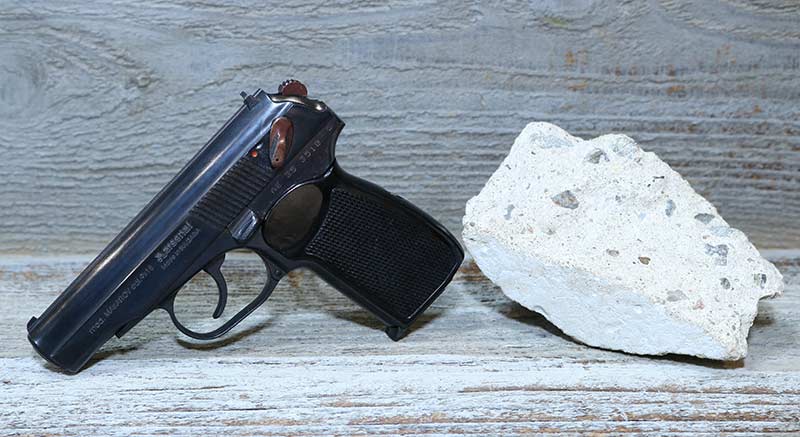Month: January 2023

Q. Can you tell me about the Winchester 1873 lever-action rifle? In particular, I would like to know when Winchester stopped making it. Are replicas available?
A. Winchester’s Model 1873 was an instant success when it was introduced. The 1873 was an improvement over the first famous Winchester lever-action—the brass-framed Model 1866 “Yellowboy.” The 1873 was offered only with an iron frame and was initially chambered in the powerful, then-new .44 Winchester Center Fire (WCF), also called the .44-40 Win.
Winchester manufactured the Model 1873 from 1873 through 1919, producing about 720,000 in all. Model 1873s were initially chambered in .44-40 Win., then the .32 WCF rifles were added later. Although very rare today, about 19,000 1873s were chambered in .22 rimfire.
Most of the standard-production 1873s were supplied in a blue finish. On these, the lever, hammer, fore-end cap and buttplate were color-casehardened. Some early guns, as well as a few made on special order, were supplied with color-casehardened receivers, while the barrel and magazine tube were blued or browned. The Model 1873 was offered as a carbine with a light-weight 20″ round barrel or a musket with a 30″ barrel, but the most popular version was a 24″-barreled rifle in both octagonal- and round-barrel configurations. Special-order barrel lengths were also available, as were a large variety of other options, such as special sights, fancy wood, half-octagon/half-round barrels and checkering.
Replica 1873s are produced today by A. Uberti in Italy. They have become very popular with Cowboy Action shooters and are imported into the United States by firms such as Cimarron Firearms, Navy Arms, EMF, Taylor’s and Co., and Stoeger, to name but a few.
—David R. Chicoine

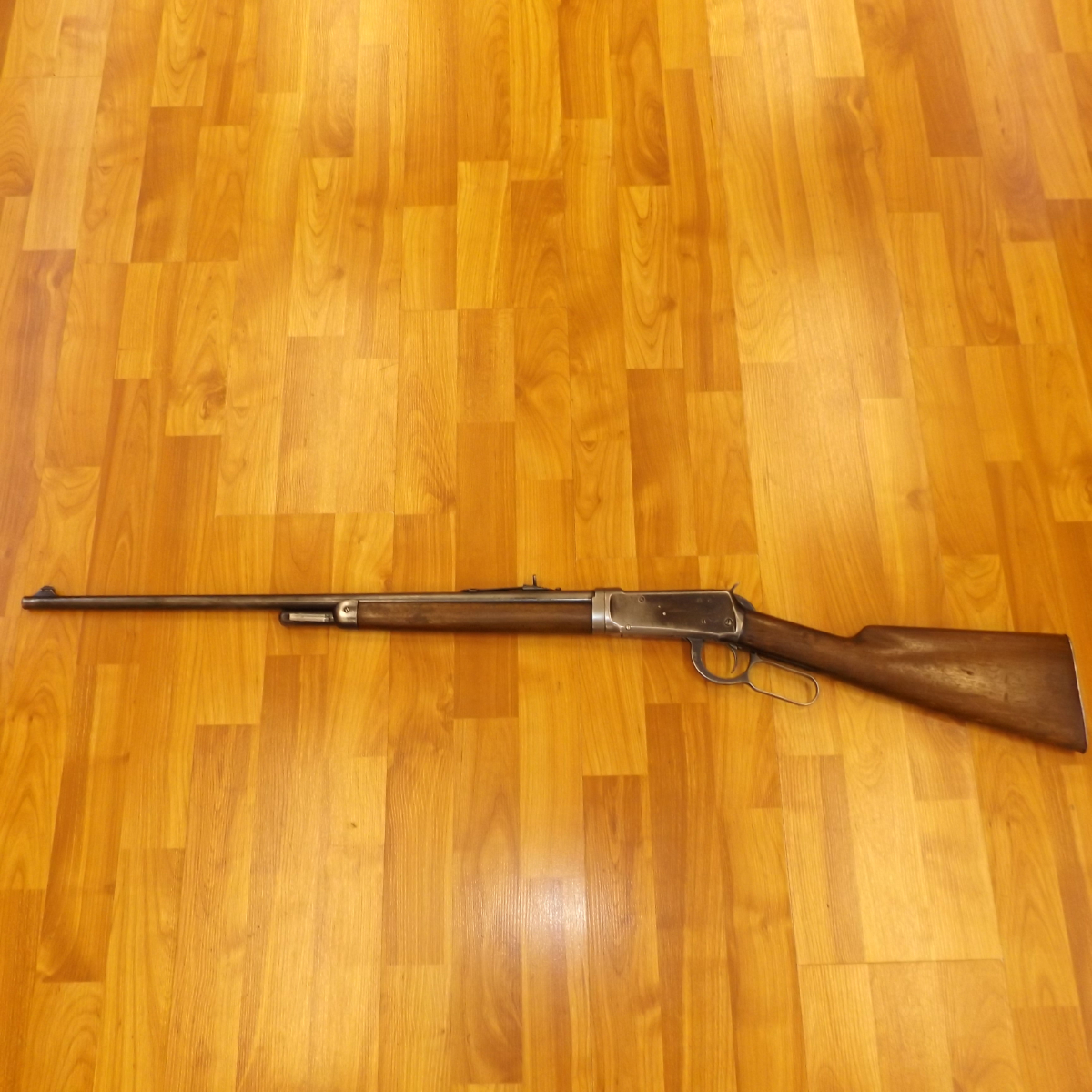

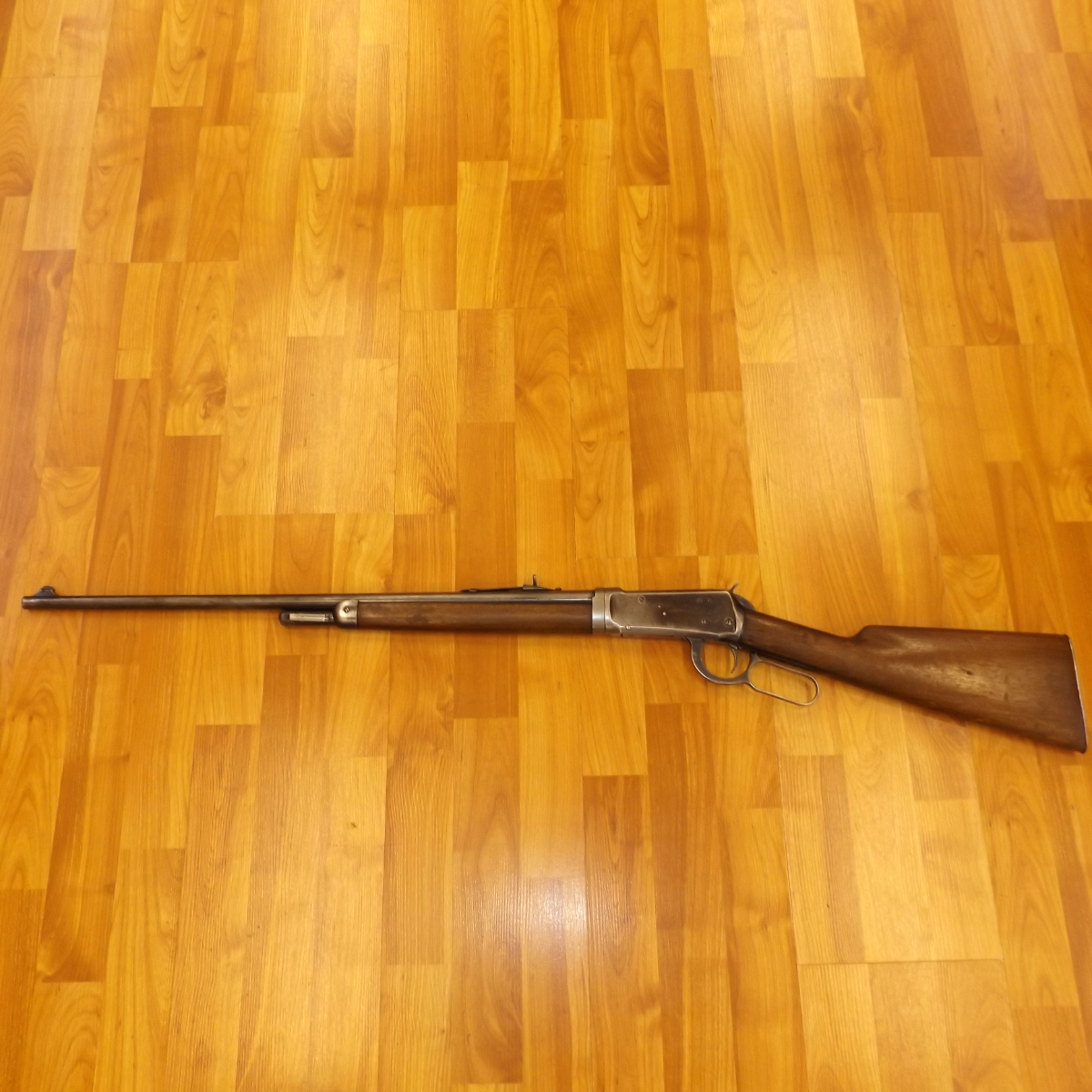
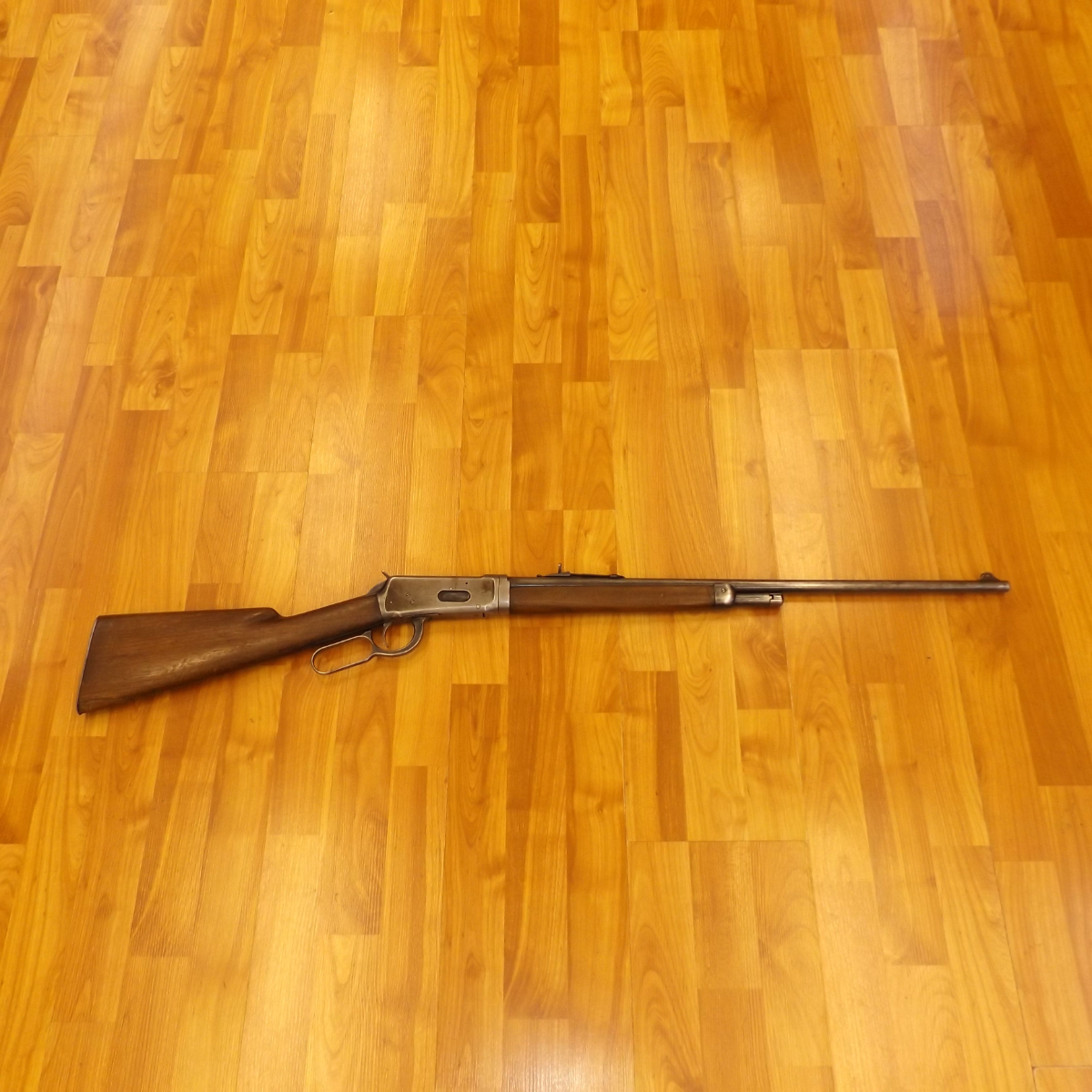
Now that is what I call a firefight! Grumpy
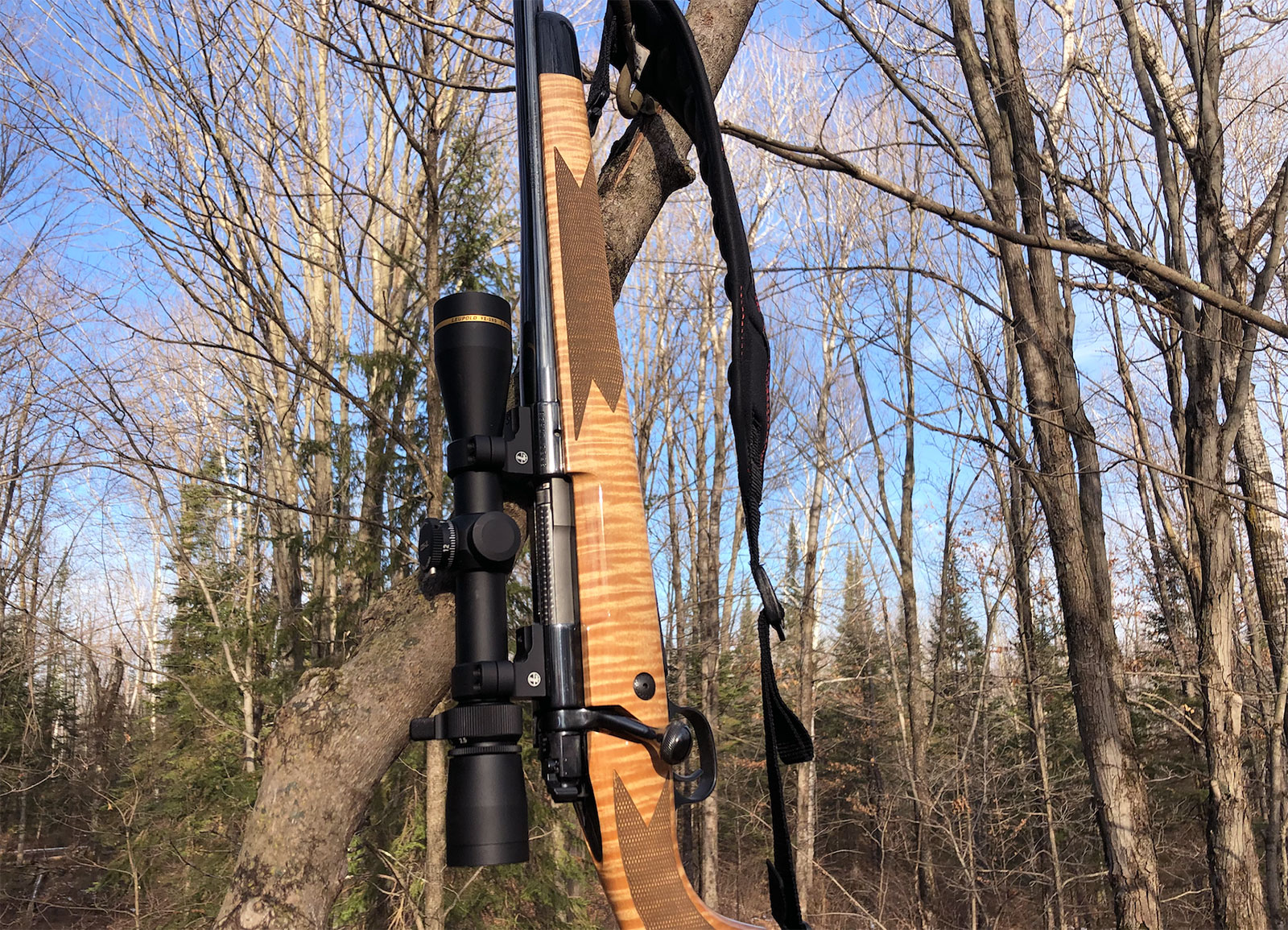
Let’s get this part out of the way first: I am not a Fudd. I own lots of rifles and shotguns with synthetic stocks, I’ve shot smart scopes, and I’ve hunted with AR-style rifles. Plus, I’m a Millennial, at least as defined by age. I know that new shooting technology is useful and has its place. But I think that those traditional, wood-stocked bolt-action rifles have their place, too.
In my opinion, that place is deer camp where tradition thrives. The gold standard here would be hunting with Grandpa’s old gun (perhaps a Savage 99 or Marlin 336), but maybe you didn’t grow up in a deer hunting family, or maybe Grandpa is still hunting with his rifle. Sure, you could shop around for an old, used gun (maybe a classic Remington 700 or a Winchester Model 70), but the nicks and scratches in that rifle won’t be yours. I think there’s still value in buying a new, wood-stocked rifle, marking it with your own memories, and then one day passing it down.
The good news is there are still plenty of quality rifles being made with wood stocks. This fall, I spent my deer season hunting with a new Winchester Model 70 Super Grade rifle that’s fitted with a beautiful maple stock. And, I plan to hunt with this gun for many deer seasons to come.
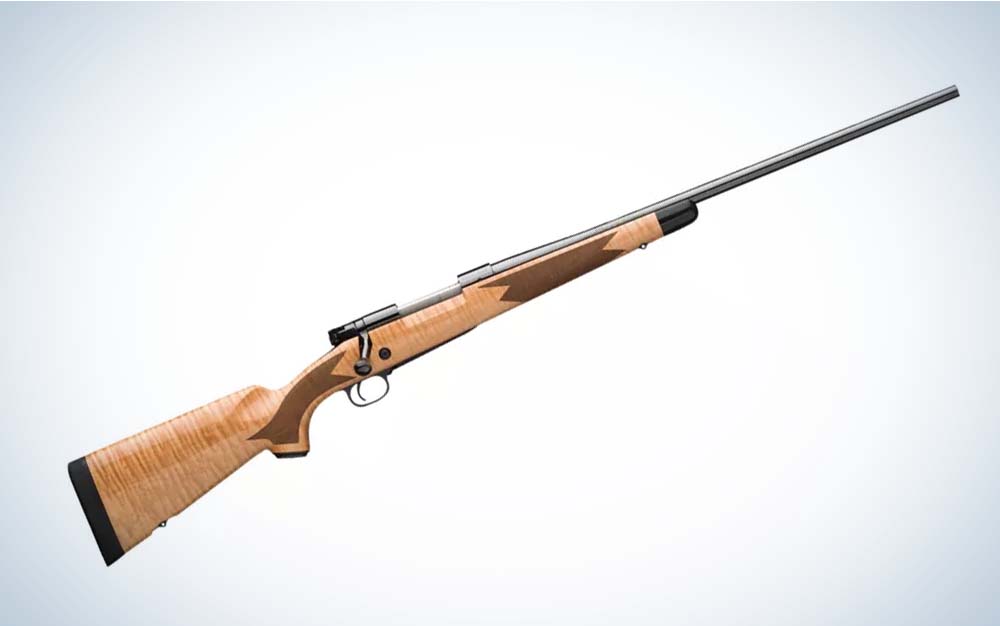
Winchester
Nostalgia vs. Performance
My 8-pound Model 70 in .30-06 is not the highest performance rifle out there. You’re not going to want to carry it into the mountains on a sheep hunt and you’re certainly not going to win a PRS match with it. But realistically, I don’t need much performance out of a deer rifle. In 22 years of deer hunting Wisconsin’s Northwoods, I’ve never needed to make a shot farther than 200 yards.
Most of my shots are made in the woods at close ranges. Anyone who has hunted the hectic 9-day Wisconsin gun season knows that shots at bucks are usually quick ones, taken while the deer is moving through timber. My shooting is done from a treestand, usually offhand, or braced against a tree. For this kind of work I want a rifle that comes to my shoulder quickly, points naturally, and runs smoothly. The Winchester Super Grade and many other modern wood stocked rifles are built to do just that.
As for accuracy, any rifle that shoots around 2-inch groups from the bench, with hunting ammo, will suffice. That might sound like heresy in the era of sub-MOA guarantees, but it’s a realistic perspective. On any given shot in the Wisconsin deer woods, I’m essentially trying to hit an 8-inch oval that overlaps a buck’s front shoulder at ranges of 50 to 200 yards. I do not need sub-MOA accuracy out of my rifle and load to do this.
Beyond performance requirements, I want the rifle to look like the rifles of my childhood. That means a nice wood stock. I can remember back to when I was a little kid, my dad first showed me his deer rifle—a beautiful Browning A-Bolt Medallion that my mom had given him as a wedding gift—and instructed me on how to handle the gun safely and avoid touching the metal on the barrel or the lenses on the scope with my grimy hands. Even as a little kid I could tell that the rifle was imminently important, even if I wasn’t sure why. My dad loves that gun, and he still hunts with it today.
For Wisconsin deer camp, I want to hunt with a rifle that brings back that kind of reverence.

Wood vs. Synthetic Stocks
There are, of course, good reasons as to why hunters and shooters have moved toward synthetic stocks. They are typically more durable, lighter, more consistent, and often more affordable.
“Wood is an organic material that reacts to its environment,” says Shooting Editor John B. Snow, who has seen the dramatic shift toward synthetic stocks during his long tenure at Outdoor Life. “And wood is also, well, squishy, which is an issue. There are ways to mitigate it and try to seal wood against the environment. Done right, you can pretty much do the job. But if you’re talking about a basic wood-stocked rifle, it’s going to be environmentally susceptible compared to a well-made synthetic stock.”
Since synthetic-stocked rifles started cropping up decades ago, they’ve taken over the rifle market and now the most precise custom rifles—and, on the flip side, many of the cheapest hunting rifles—come with synthetic stocks.
“When I was getting going at Outdoor Life, a synthetic-stocked rifle was looked at like a turd in a punch bowl,” Snow says. “The feeling was, why would you want that ugly thing. But it’s shifted to the point where you can hardly find a custom gun maker who makes a wood-stocked rifle anymore.
“What drove the trend was performance. When gunmakers like Kenny Jarret or Ed Brown started making good synthetic rifles, accuracy was part of their promise. Then you’ve got the Gunwerks and George Gardners of the world, they never even considered wood.”
“Look at Melvin Forbes. His synthetic stocks are a work of art. They weigh just mere ounces and they’re just strong as hell. I’ve written before that you could beat a cape buffalo to death with one and it wouldn’t break.”
But a wood-stocked rifle isn’t inherently less accurate than its synthetic counterpart out of the box, that’s a total fallacy. The difference is that wood is more susceptible to warping over time, which can impact accuracy. So, if gunmakers are shooting for supreme, consistent accuracy, they gravitate to synthetic stocks with very few exceptions. Often, there are other factors about wood-stocked rifles that contribute to accuracy, as well.
“Those wood guns tend to have sporter weights and lighter barrels, so there are other things tipping the scales against them in the accuracy realm. But for the person who buys that gun, ultimate accuracy is not their priority.”
None of Snow’s commentary on wood-stocked rifles really concern me. Except for maybe one: They aren’t made like they used to be.
“The one thing I would lament is the loss of hand-craftsmanship in modern wood-stocked rifles with hand checkering and so forth,” Snow says. “That’s a dying, or even dead, art. And that’s part of the evolution, you can see that in a lot of places. Just look at any old Model 70 or Mauser. Look closely at the metal and you can see the chatter from hand filing marks and know that this rifle was honed and tuned by somebody, rather than just cut perfectly by a machine. And that goes back to the idea that the gun is a living, breathing object. I don’t know that today’s wood guns have that same mystery to them. They might be wood, and they arguably have more soul than the synthetic guns, but it’s not like the first Marlin I got, which clearly shows handwork on it.”
I’ll admit that the fact these rifles aren’t made with the same hand touches diminishes their appeal, but only slightly. There’s still plenty of care that goes in to making the best wood-stocked rifles today.
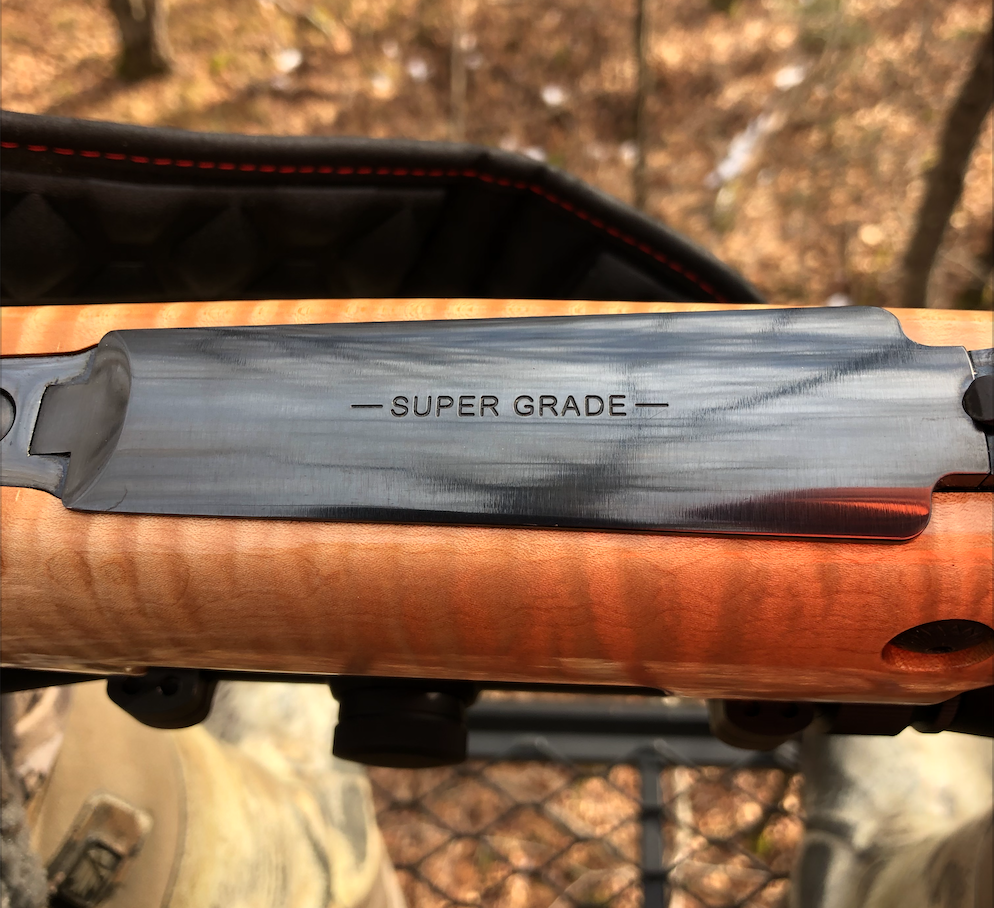
Wood-Stocked Rifles: Meet the Modern Classics
The Winchester Model 70 Super Grade I hunted with this fall is, by all accounts, gorgeous. The AAAA grade stock is red maple (though some sugar maples make the grade, too) from the Appalachian Mountains. Each log is inspected and purchased individually by Tech Woods USA, according to Winchester product manager Glenn Hatt. The stock blank is heat treated, graded, certified, and then sent to the Winchester factory in Portugal where they machine, checker, finish, and then bed the stocks onto the rifles.
“The heat treatment of the maple stocks also changes the color of the stocks so they aren’t so much a white-blonde but have a more of a yellow, antique look that really lets the flame or tiger striping pop, especially with our gloss finish,” Hatt says. “The added rigidity, stiffness, and resistance to moisture variations are also extreme benefits. After Tech Woods USA hand selects each tree, we hand select each blank and mark it … This ensures that it meets our tight criteria for ambrosia (dark worm lines in the stock), knots, and any other blemishes and guarantees that the stock meets our quality standards.”
It was a bit surprising to me to learn that 70 percent of Winchester Model 70s sales are still wood-stocked rifles (however only 13 percent of Winchester XPR sales are wood). But maybe it shouldn’t have been. There are still a bunch of quality rifles being made with wood stocks, which shows there’s still real demand. That list includes:
- Bergara B14 Timber Hunter
- Browning X-Bolt Medallion
- CZ 600 Lux
- Kimber Classic Select Grade
- Tikka T3 Hunter Stainless
- Sako 85 Classic
- Weatherby Mark V Deluxe
- Winchester Model 70 Super Grade
Maybe next year I’ll add another one of these modern wood-stocked rifles to our deer camp gun rack. Our antlerless deer season runs late into December now, and there are plenty more memories to be made.

A good Samaritan with a gun saved a woman from an alleged attempted abduction at the Shops of Saddle Creek parking lot Friday at 8 p.m.
The Daily Mail reports that surveillance video shows two suspects allegedly grab the woman as she attempted to get in her SUV. The woman struggled to get free and, as she struggled, a good Samaritan with a gun in his hands ran toward the suspects.
The suspects released the woman, jumped into a silver sedan, and fled the scene.
FOX 13 Memphis described the getaway car as a silver Ford Focus.
There was another suspect inside the getaway car, which means police are seeking three suspects in connection with the apparent attempted adduction, FOX 13 Memphis pointed out.
The woman suffered “multiple minor injuries” in the incident.
AWR Hawkins is an award-winning Second Amendment columnist for Breitbart News and the writer/curator of Down Range with AWR Hawkins, a weekly newsletter focused on all things Second Amendment, also for Breitbart News. He is the political analyst for Armed American Radio and a Turning Point USA Ambassador. AWR Hawkins holds a PhD in Military History, with a focus on the Vietnam War (brown water navy), U.S. Navy since Inception, the Civil War, and Early Modern Europe. Follow him on Instagram: @awr_hawkins. You can sign up to get Down Range
This side of the Berlin Wall was free. Free people were at liberty to deface it as they wished.
I like stuff. At some point my poor kids will have to sort through all my junk. They’ll have a massive yard sale and call in an auction company for the gun collection. Ideally a bunch of up-and-coming gun nerds will be very happy and my family will take a big trip to Australia or someplace similar to celebrate my passing.
It has gone by several names. Tangible atmosphere, priceless collectibles, cool-guy stuff, and the ever-popular Will crap are but a few. My extensive collection of junk fractionates into several tiers.
At the bottom is drink huggies with cool logos, accumulated 1970s-vintage gun magazines, or rechargeable stuff for which I cannot locate the power cords. This is nothing more than rank garbage. It is simply that I lack the personal discipline to just throw it away. On the other end, however, is the proper swag.
If the bottom ever falls out of the gun-writing gig and people suddenly stop abusing their bodies such that the modern practice of medicine is no longer a thing I would obviously begin the Great Liquidation sometime prior to my demise. I’d put the huggies, gun magazines, and derelict electronic gear on eBay and hope for the best. There are a few precious items, however, that they will have to pry out of my cold, dead hands.
One of those holy relics is the Yankee cannonball my dad and I deactivated one sultry afternoon at the base of the Mississippi River levee. As father-son projects go, that was one for the books. You can find the details here.
Another is the plexiglass grip my wife’s grandfather made from a downed German Fiesler Storch observation plane during World War II. The great man affixed that grip on the Colt M1911A1 pistol he carried in combat across North Africa, Sicily, and Italy. Throughout it all a photograph of his beaming bride kept him company in the dark places. That rig rides on a proper 1943-vintage Colt pistol today. I’ll literally never let that go.
One of the other priceless artifacts in the Will Dabbs military museum is just a rock — concrete, actually. It’s about the size of my fist. The quality is suboptimal — you can scrape bits loose with your fingernail — but that otherwise unremarkable piece of masonry embodies so much more. There is freedom in that old nasty rock.
It’s about four inches thick with two opposing flat sides. One facet is whitewashed and drab. The other is spraypainted a brilliant red and blue. This random chunk of cheap concrete was beaten loose by some nameless reveler with a sledgehammer. This is my own personal piece of the Berlin Wall.
Ours is such a hopelessly confused generation. We so vociferously gripe about the many-splendored warts adorning this grand American experiment. In so doing, we fail to appreciate both context and relativity.
The Berlin Wall went into service in 1961. The bit separating East from West Berlin was 27 miles long. Each segment was just under twelve feet tall. What made this wall different from so many others was its mission. Most walls are designed to keep people and animals out. This one was intended to keep people in.
The Berlin Wall was part of an ideological cage. It was the physical demarcation between communism and freedom. The practical manifestations of that reality are obvious on the artifact. The white side is drab and dead. If anybody molested that side they were shot. The colorful side, by contrast, was chaotic and vibrant. People on that side of the wall were free to vent their spleens with Krylon any time they wished. The difference between the two competing ideologies simply couldn’t be more stark.
The communists had little patience with those attempting to flee their worker’s paradise. Between 1961 and 1989 at least 140 people lost their lives attempting just that. If you had the audacity to try to leave, they just gunned you down. There was no trial or undue fuss. It didn’t matter if you had a weapon or behaved in a threatening fashion. The youngest was a one-year-old toddler. The oldest was a 90-year-old grandmother. Say what you will about America, that doesn’t happen here.
Sometimes when I’m feeling sorry for myself I like to just fondle that cheap piece of communist concrete. I’ll hold it up to the light, rotate it in my hands, and appreciate it from various angles. The simple act of studying that thing usually helps put my problems in perspective. Freedom is a most precious thing purchased at enormous price. Sometimes you even can find it in a rock.

A Gold Cup ?
.jpg)

